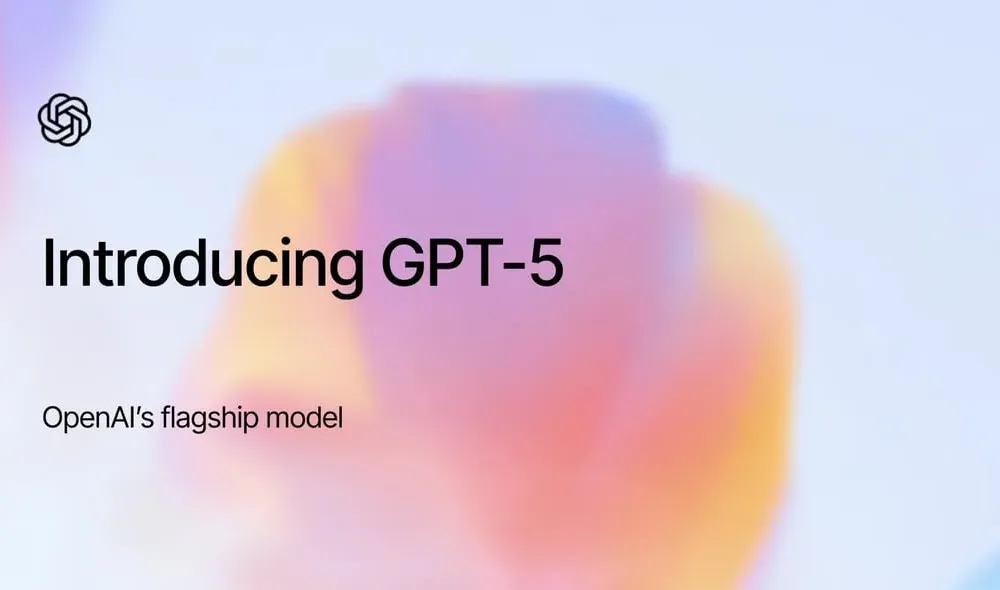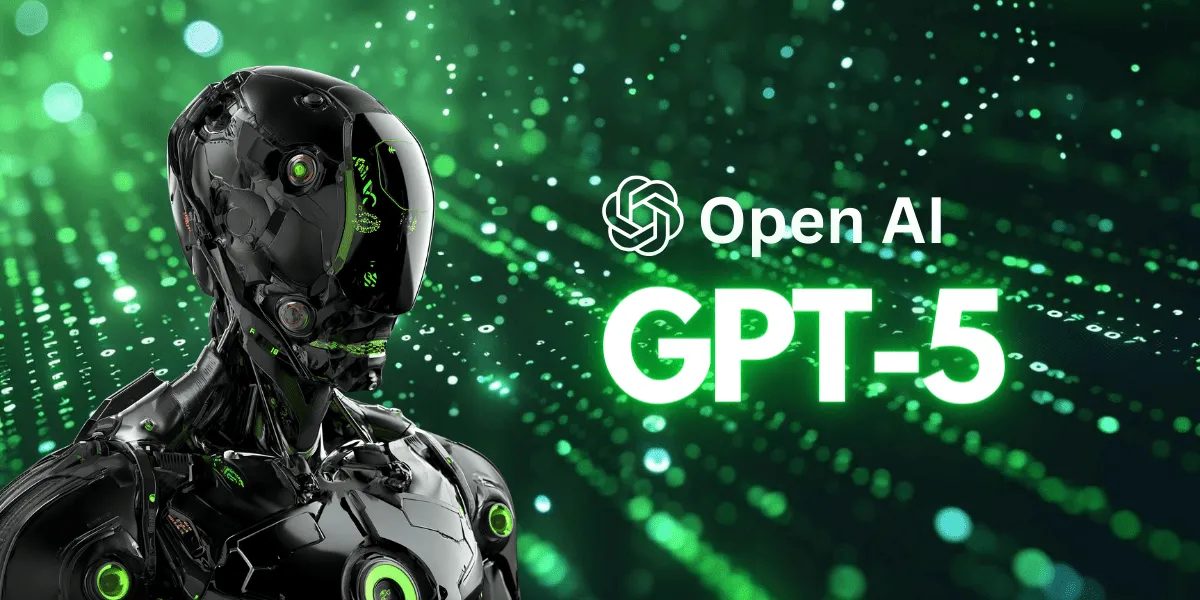Artificial intelligence (AI) has been evolving at a staggering pace, reshaping how people work, learn, and connect. From assisting in classrooms to powering medical research, AI has seeped into nearly every sector. Yet, 2025 marks an especially historic turning point with the rise of GPT-5, a breakthrough AI system that has not only set new standards in natural language processing but has also expanded its capabilities beyond Earth.
For the first time, an AI system of this scale has been powered and tested through space-based computing infrastructure—an achievement that blends two of humanity’s most forward-looking fields: artificial intelligence and space technology. This fusion has sparked conversations about the future of innovation, global cooperation, and how humans can responsibly shape technology that touches every part of life.
In this article, we’ll explore the story of GPT-5’s rise, its space-powered milestone, its transformative impact, and the profound ethical questions it brings to the table.
Table of contents
The Journey to GPT-5
The roots of GPT-5 trace back to the very first language models—simple statistical systems that could predict words but not hold meaningful conversations. With each generation, these models became more sophisticated. GPT-3 marked the beginning of widespread public awareness, surprising people with its ability to generate coherent essays, code, and even creative writing. GPT-4 advanced further, making outputs more reliable and contextual, but still faced limits in reasoning and nuance.
By 2025, GPT-5 has exceeded expectations, offering capabilities that resemble not just an assistant but a true collaborator. Its design includes:
- Contextual memory: GPT-5 can recall details across extended conversations, enabling deeper, more coherent dialogue.
- Multimodal intelligence: It understands and generates not only text but also images, code, video, and data visualizations with remarkable fluency.
- Space-enhanced computation: For the first time, portions of GPT-5’s training and processing have been conducted using satellite-based computing clusters, designed to handle massive datasets efficiently in orbit.
This last feature has given GPT-5 its “space-powered” title—an achievement that is as symbolic as it is technical.
Why Space? The New Frontier for AI
Training AI requires immense computing power and energy. Ground-based data centers, while powerful, face challenges such as cooling, land usage, and environmental impact. By moving parts of the process into low Earth orbit (LEO), engineers can:
- Reduce heat challenges: Space naturally offers a cold environment, making cooling more efficient.
- Expand energy options: Satellites can harness abundant solar power.
- Free up Earth’s resources: Offloading heavy computation to orbit means less strain on terrestrial infrastructure.
The collaboration between AI researchers and aerospace companies has turned this into a proof-of-concept project: GPT-5 became the first major AI system to leverage orbital computing nodes during its training phase. Though still early in development, the results were promising and demonstrated that space can serve as a sustainable computing frontier.
How GPT-5 Stands Apart
Beyond its space-based training milestone, GPT-5 has capabilities that set it apart from earlier generations:

- Advanced Reasoning
GPT-5 can engage in multi-step reasoning, making it useful for complex problem-solving in fields like law, engineering, and medicine. - Creative Collaboration
Rather than just generating text, GPT-5 can brainstorm, edit, and refine ideas in partnership with humans. Authors, filmmakers, and entrepreneurs are already using it as a creative partner. - Scientific Discovery
The model can analyze huge datasets in physics, biology, and climate science, uncovering patterns that humans might miss. Its space-enhanced computational speed plays a role here. - Real-Time Adaptability
GPT-5 doesn’t just recall past training—it learns in controlled, real-time environments, updating its responses to reflect current events without requiring full retraining.
A Catalyst for Industries
The release of GPT-5 has sent ripples across industries. Let’s look at a few key sectors:
- Healthcare: Doctors use GPT-5 to assist with diagnostics, analyze patient histories, and even draft research on rare diseases. Its reliability and contextual awareness reduce risks of misinterpretation compared to earlier AI systems.
- Education: GPT-5 acts as a personal tutor, adapting explanations to each student’s learning style. Its multimodal capacity allows it to use diagrams, simulations, and interactive exercises to make concepts stick.
- Environmental Science: By processing climate data faster than previous systems, GPT-5 aids in predicting extreme weather, modeling coral reef recovery, and guiding sustainable agriculture.
- Creative Arts: Musicians, writers, and filmmakers now collaborate with GPT-5 to generate storyboards, scripts, and even melodies. The model acts as a “creative amplifier” rather than just a tool.
- Space Exploration: Naturally, GPT-5 is also being used by space agencies to optimize orbital logistics, spacecraft design, and deep-space communication systems.
Ethical Questions in the Age of GPT-5
While GPT-5 has generated excitement, it has also sparked heated debate about ethics and responsibility.
- Bias and Fairness: Even with better training, no AI is immune to bias. Questions remain about how GPT-5 will treat sensitive topics across different cultures.
- Dependence: As industries integrate GPT-5 deeply, people worry about over-reliance on AI for critical decisions.
- Privacy: GPT-5’s contextual memory raises concerns about how much personal information it retains and how securely it is stored.
- Space Militarization: With AI computing nodes in orbit, some critics fear that space could become yet another contested arena between nations.
To address these challenges, international coalitions are discussing frameworks for AI transparency, accountability, and equitable access.
Public Reactions: Hope and Hesitation
The public’s response to GPT-5 has been a mix of fascination and unease. Tech enthusiasts celebrate its breakthroughs, likening it to the internet revolution of the 1990s. Teachers and healthcare workers have praised its ability to lighten workloads and improve accuracy.
On the other hand, skeptics warn of job displacement, misuse in misinformation campaigns, and the potential for widening inequalities if access to GPT-5 remains limited to wealthy organizations.
One student’s comment summed up the duality well: “GPT-5 feels like magic, but magic can burn if we’re not careful.”
A Global Milestone: AI and Space Hand in Hand
GPT-5’s space-powered achievement is more than just a technological leap—it symbolizes global cooperation. No single country could have pulled this off alone. The project required collaboration between tech companies, space agencies, and research institutions across continents.
In many ways, this mirrors the international spirit of projects like the International Space Station. Just as space exploration brought nations together, AI’s expansion into orbit may encourage more collaboration for the greater good.
What Lies Ahead? GPT-6 and Beyond
If GPT-5 is the dawn of space-powered AI, the future holds even more radical possibilities. Experts predict that GPT-6 or GPT-7 could operate as fully autonomous orbital systems, providing continuous real-time support for Earth-based industries. Others envision AI nodes stationed around the Moon or Mars to aid in future colonization efforts.
The next challenge is not just making AI smarter but ensuring it aligns with human values, global equity, and sustainability.
Conclusion: A Turning Point for Humanity
The launch of GPT-5 and its space-powered milestone represents far more than a technological upgrade. It is a symbol of possibility—that humanity can push the boundaries of knowledge while seeking more sustainable solutions.
As GPT-5 ignites the future of AI, it forces us to pause and ask: how will we use this power? Will it become another tool of division, or will it unite us in addressing global challenges? The answer lies not in the algorithm itself but in the choices humanity makes from here on.
For now, one truth stands clear: GPT-5 has marked a new chapter in the story of human progress—one written with both Earth and space as the canvas.
